Home>Garden Essentials>How Long Does It Take For Sundews To Germinate
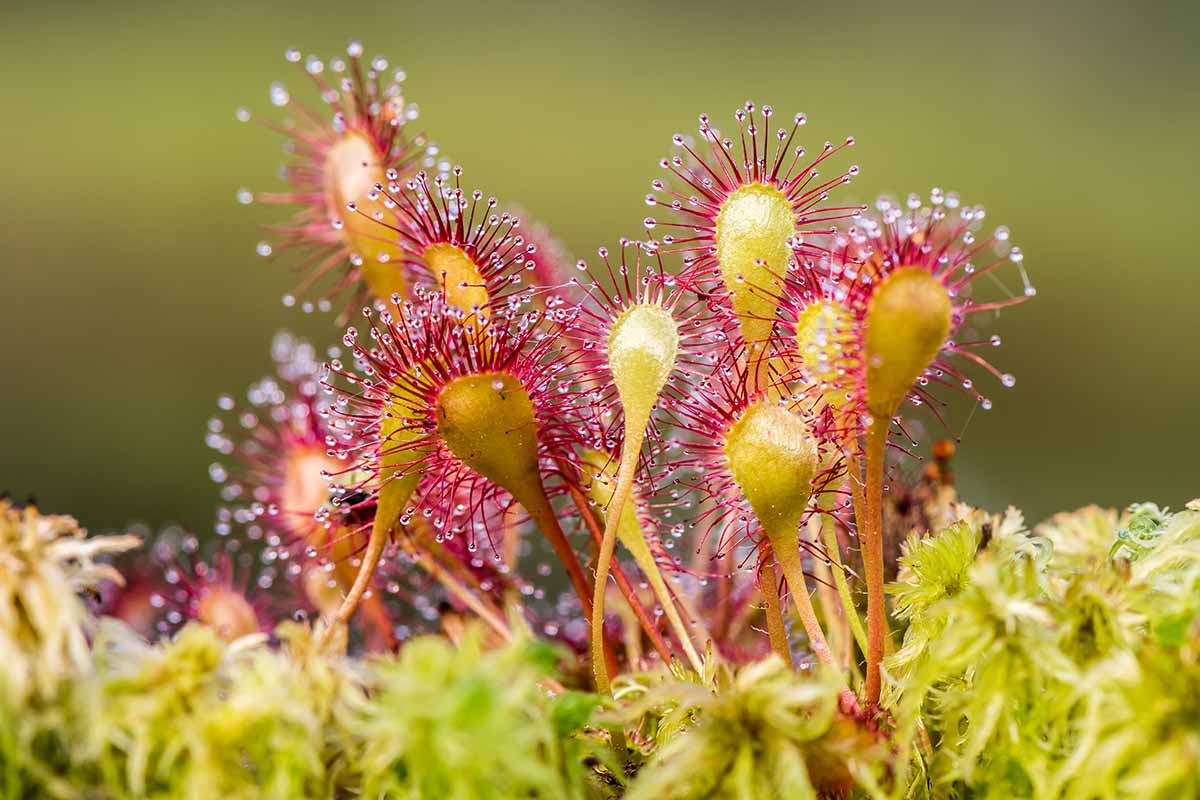

Garden Essentials
How Long Does It Take For Sundews To Germinate
Modified: March 16, 2024
Looking to start a garden? Learn how long it takes for sundews to germinate and get your garden growing with these helpful tips and tricks.
(Many of the links in this article redirect to a specific reviewed product. Your purchase of these products through affiliate links helps to generate commission for Storables.com, at no extra cost. Learn more)
Introduction
Welcome to the fascinating world of sundews! If you’re a gardening enthusiast or simply have a curiosity for unique plants, you’re in for a treat. Sundews, scientifically known as Drosera, are a genus of carnivorous plants that capture and digest insects to supplement their nutrient requirements. One of the most intriguing aspects of sundews is their germination process, which holds the key to propagating these captivating plants in your garden.
In this article, we will explore the germination process of sundews, the factors that affect their germination time, and the ideal conditions that promote successful germination. Additionally, we will answer the burning question, how long does it typically take for sundews to germinate? So, grab a cup of coffee or your favorite gardening tool, and let’s dive into the wonderful world of sundew germination.
Key Takeaways:
- Sundew seeds can take weeks to months to germinate, needing moisture, cooler temperatures, and specific light exposure. Patience and proper care are key to successful germination.
- Fresh seeds, scarification, optimal temperature, light exposure, consistent moisture, and patience can speed up sundew germination. Create ideal conditions for these fascinating carnivorous plants to thrive.
Read more: How Long Does It Take Turnips To Germinate
What are Sundews?
Sundews are carnivorous plants that belong to the genus Drosera. They are known for their unique ability to attract, capture, and digest insects. There are over 194 species of sundews found worldwide, with variations in size, shape, and habitat.
One of the most striking features of sundews is their leaves, which are covered in delicate, hair-like structures called tentacles. These tentacles are covered in tiny, sticky glands that secrete a sticky substance. When an insect lands on the leaf of a sundew, it becomes trapped in the sticky secretion. The sundew then slowly wraps its tentacles around the insect, releasing digestive enzymes that break down the prey into a nutrient-rich soup. The plant then absorbs these nutrients to supplement its diet, allowing it to thrive in environments where the soil may lack sufficient nutrients.
Sundews have adapted to a wide range of habitats, including bogs, marshes, and wetlands. They are particularly known for their ability to survive in nutrient-poor soils that would be inhospitable to other plants. This unique adaptation makes sundews a fascinating addition to any garden, as they offer not only beauty but also a unique form of insect control.
In addition to their carnivorous nature, sundews are also admired for their delicate and intricate flowers. These flowers can vary in color from white and pink to vibrant shades of red and purple, attracting pollinators such as bees and butterflies.
Now that we have a better understanding of what sundews are let’s explore the intriguing germination process that allows these plants to grow and thrive.
The Germination Process of Sundews
The germination process of sundews is a complex and fascinating journey that starts with the seed and ends with the emergence of a tiny, carnivorous plant. Like many other plants, sundews rely on specific conditions for successful germination.
Germination typically begins when a mature sundew plant produces seeds. These seeds are small and often resemble tiny balls or capsules. Each seed contains the genetic information necessary for a new sundew plant to develop.
Once the seeds are dispersed, they need to find favorable conditions to germinate. The key to successful germination lies in meeting the seed’s requirements for moisture, temperature, and light.
Moisture is essential for sundew seeds to germinate. They require a consistently moist environment to imitate the conditions found in their natural habitats, such as bogs or wetlands. Wet peat moss or sphagnum moss can provide an ideal substrate for the seeds to absorb moisture and initiate germination.
Temperature also plays a crucial role in the germination process. Sundew seeds typically prefer cooler temperatures, ranging from 65 to 75 degrees Fahrenheit (18 to 24 degrees Celsius). The cool temperature helps stimulate seed activation and kick-start the growth process.
Additionally, light is a key factor that influences the germination of sundews. Most sundew species are classified as photoblastic, meaning they require specific light conditions to initiate germination. These plants need exposure to light, usually in the form of natural sunlight or artificial grow lights, to trigger the germination process. It is important to ensure that the seeds receive an adequate amount of light during this crucial stage.
Once the seeds have found suitable conditions, they will begin to germinate. First, a tiny root, known as a radicle, emerges from the seed and anchors the plant into the growing medium. As the root establishes itself, a young shoot starts to develop, eventually pushing its way above ground.
As the shoot continues to grow, the characteristic tentacle-covered leaves of the sundew begin to form. These tentacles will eventually become sticky, enabling the plant to capture and digest insects.
The germination process of sundews can be slow and delicate, often taking several weeks or even months to complete. It requires patience and attention to ensure that the seeds are provided with the optimal conditions for growth.
Now that we understand how sundews germinate, let’s explore the factors that can affect the time it takes for them to complete this process.
Factors Affecting Germination Time
The germination time of sundews can vary depending on several factors. Understanding these factors can help us better manage and optimize the germination process. Let’s explore the key factors that influence the germination time of sundews:
1. Seed Freshness: The freshness of the seeds can greatly impact germination time. Fresh seeds have a higher chance of germinating faster compared to older seeds. It is recommended to obtain fresh seeds from trusted sources or collect them directly from healthy, mature sundew plants.
2. Species and Genetics: Each sundew species has its own unique germination requirements and time frames. Some species may have a faster germination process, while others may require more time. Understanding the specific needs of the species you are working with is crucial for successful germination.
3. Temperature: Temperature plays a significant role in seed germination. Sundews generally prefer cooler temperatures for successful germination. Providing a temperature range that aligns with the recommended conditions for the specific species can help speed up the germination process.
4. Moisture: Sundews require consistent moisture for successful germination. It is important to provide a moist environment, ensuring that the growing medium remains damp throughout the germination period. However, excessive moisture can lead to fungal growth and rot, so it is essential to strike a balance.
5. Light Exposure: Light exposure is crucial for the germination of many sundew species. It is necessary to provide the seeds with adequate light to stimulate germination. Natural sunlight or artificial grow lights with the right intensity and duration can promote faster germination.
6. Seed Dormancy: Some sundew seeds may experience a period of dormancy, where they remain inactive and fail to germinate even under ideal conditions. This dormancy period can vary in length and is often affected by factors such as temperature and moisture fluctuations. Scarification techniques, such as soaking the seeds in warm water or gently scratching the seed coat, can help break seed dormancy and promote germination.
By understanding and managing these factors, we can manipulate the conditions to create optimal germination environments for sundews. Now, let’s explore the ideal conditions necessary for successful sundew germination.
Sundew seeds can take anywhere from 1-3 weeks to germinate. Keep the soil consistently moist and provide plenty of light for successful germination.
Ideal Conditions for Sundew Germination
To maximize the germination success of sundews, it is crucial to provide them with the ideal conditions to thrive. Creating an environment that mimics their natural habitat can greatly enhance germination rates. Here are the key factors to consider for optimal sundew germination:
1. Substrate: Sundews prefer a well-draining substrate that mimics the nutrient-poor soils found in their natural habitats. A mix of sphagnum moss, peat moss, and perlite can create an ideal growing medium. This substrate retains moisture while providing adequate drainage to prevent waterlogging.
2. Moisture: Sundews require consistently moist conditions for successful germination. The growing medium should be kept damp but not waterlogged. It is recommended to bottom-water the pots or trays to ensure that the seeds receive moisture from the bottom up.
3. Temperature: Sundews generally prefer cooler temperatures for germination. Aim for a temperature range of 65 to 75 degrees Fahrenheit (18 to 24 degrees Celsius) during the germination process. Many sundew species can tolerate slight temperature fluctuations, but it is best to maintain a relatively stable temperature range.
4. Light: Most sundew species require ample light exposure to trigger germination. Place the pots in a location that receives bright, indirect sunlight or provide them with 12-16 hours of artificial grow lights daily. Adjust the light intensity based on the specific requirements of the sundew species you are germinating.
5. Humidity: Sundews thrive in humid environments. To create the ideal humidity level, you can place a humidity dome or cover the pots with a plastic bag to retain moisture. This helps create a microclimate around the seeds, enhancing germination success.
6. Patience: Sundew germination can be a slow process, taking anywhere from a few weeks to several months. It’s important to be patient and resist the temptation to disturb the seeds or make sudden changes in the growing conditions. Check the moisture levels regularly and provide consistent care without disrupting the germination process.
By providing these ideal conditions for sundew germination, you are setting the stage for successful growth and ensuring the health and vitality of your sundew plants. Keep in mind that different sundew species may have slightly different requirements, so it’s always beneficial to research the specific needs of the species you are working with.
Now that we know the ideal conditions for sundew germination, let’s explore the typical timeline for sundews to complete their germination process.
How Long Does It Typically Take for Sundews to Germinate?
The germination time for sundews can vary depending on several factors, including the specific species, seed freshness, and the growing conditions provided. While there is no one-size-fits-all answer to this question, we can provide a general timeline for sundews to complete their germination process.
On average, sundews can take anywhere from a few weeks to several months to germinate. Some species may germinate relatively quickly, within 2-4 weeks, while others may take longer, ranging from 6-12 weeks or even several months.
It’s important to note that sundews have unique germination requirements, such as cooler temperatures, adequate moisture, and specific light exposure. Meeting these requirements and providing optimal growing conditions can help speed up the germination process.
Additionally, seed freshness plays a role in germination time. Fresh seeds have a higher chance of germinating faster compared to older seeds. It is advisable to use fresh seeds or seeds that have been stored properly to maintain their viability and increase the chances of successful germination.
During the germination process, it’s essential to monitor the moisture levels, temperature, and light exposure consistently. Regularly check on the seeds for any signs of growth or development. However, avoid disturbing the seeds unnecessarily, as this can disrupt the germination process.
Remember, patience is key when germinating sundews. Nature operates on its own timeline, and sometimes the germination process may take longer than expected. Stay consistent with the care provided, ensuring proper moisture and light levels, and allow the seeds the time they need to germinate and develop into healthy plants.
If you find that your sundew seeds are taking longer than expected to germinate, don’t be discouraged. Sometimes, seeds may take longer due to various factors such as seed dormancy or fluctuations in growing conditions. By following the ideal germination conditions and providing consistent care, you increase the chances of successful germination.
Now that we have explored the typical germination time for sundews let’s move on to some tips for speeding up the germination process.
Tips for Speeding Up Sundew Germination
While sundew germination can be a patient process, there are several tips you can follow to help speed up the germination time and increase the success rate. Here are some useful tips for expediting the sundew germination process:
- Fresh Seeds: Use fresh seeds whenever possible. Fresh seeds have a higher viability and are more likely to germinate quickly. Obtain seeds from reputable sources or collect them from healthy sundew plants.
- Scarification: Some sundew seeds have a hard coat that can inhibit germination. Consider scarifying the seeds, either by gently scratching the seed coat or soaking the seeds in warm water for a few hours. This can help break seed dormancy and promote faster germination.
- Optimal Temperature: Maintain the ideal temperature range for sundew germination, usually between 65 to 75 degrees Fahrenheit (18 to 24 degrees Celsius). Consistent temperatures within this range can help stimulate seed activation and speed up the germination process.
- Provide Adequate Light: Sundews require proper light exposure to trigger germination. Place the pots in a location that receives bright, indirect sunlight or use artificial grow lights with the appropriate intensity and duration. Ensure the seeds receive 12-16 hours of light daily.
- Consistent Moisture: Keep the growing medium consistently moist, but avoid waterlogging. Bottom-watering can help maintain moisture levels without saturating the seeds. Regularly monitor the moisture levels and adjust as needed to create an optimal environment for germination.
- Humidity Dome: Consider covering the pots or trays with a humidity dome or placing them in a plastic bag to create a humid microclimate around the seeds. This can help maintain adequate humidity levels and promote faster germination.
- Patience and Vigilance: It’s important to be patient during the germination process and avoid disturbing the seeds unnecessarily. Monitor the pots regularly for any signs of growth or development and make adjustments to the growing conditions as needed.
By implementing these tips, you can increase the chances of faster and more successful sundew germination. Remember that each species may have slightly different requirements, so it’s important to research and understand the specific needs of the sundews you are growing.
If you have followed these tips and the germination process still seems delayed, don’t be discouraged. Some sundew species naturally have longer germination times. Stick to the recommended growing conditions, and with patience and proper care, your sundew seeds will eventually sprout and grow into fascinating carnivorous plants.
Now that we have covered tips for speeding up sundew germination, let’s conclude our journey through the world of sundew germination.
Conclusion
Congratulations! You have now delved into the captivating world of sundew germination. These remarkable carnivorous plants have a unique way of attracting, capturing, and digesting insects to thrive in nutrient-poor environments. Understanding the germination process and providing optimal conditions can help you successfully grow your own sundews in your garden or indoor collection.
We have explored the germination process of sundews, from the formation of seeds to the emergence of tiny plants with their characteristic sticky tentacles. Factors such as seed freshness, species, temperature, moisture, light, and seed dormancy all play a role in the germination time of sundews.
Creating the ideal conditions is key to speeding up the germination process. Providing a well-draining substrate, maintaining consistent moisture levels, providing proper light exposure, and ensuring the right temperature range will increase the chances of successful germination. Additionally, scarification techniques and properly sourcing fresh seeds can also contribute to faster germination.
Remember to exercise patience during the germination process, as sundew germination can take weeks to months. Regularly monitor the pots, adjust the growing conditions as needed, and resist the temptation to disturb the seeds unnecessarily.
By following the tips shared in this article, you are well-equipped to embark on your journey to grow sundews from seeds. With time, care, and attention, you will witness the incredible transformation of these captivating carnivorous plants from tiny seeds to fully-formed sundews.
So, whether you’re a seasoned gardener looking to expand your collection or a curious beginner eager to explore the world of unique plants, sundews are a wonderful addition to any garden or indoor space. Their insect-catching abilities and delicate beauty will surely captivate both you and your guests.
Now, go forth and immerse yourself in the enchanting world of sundew germination. Happy gardening!
Frequently Asked Questions about How Long Does It Take For Sundews To Germinate
Was this page helpful?
At Storables.com, we guarantee accurate and reliable information. Our content, validated by Expert Board Contributors, is crafted following stringent Editorial Policies. We're committed to providing you with well-researched, expert-backed insights for all your informational needs.





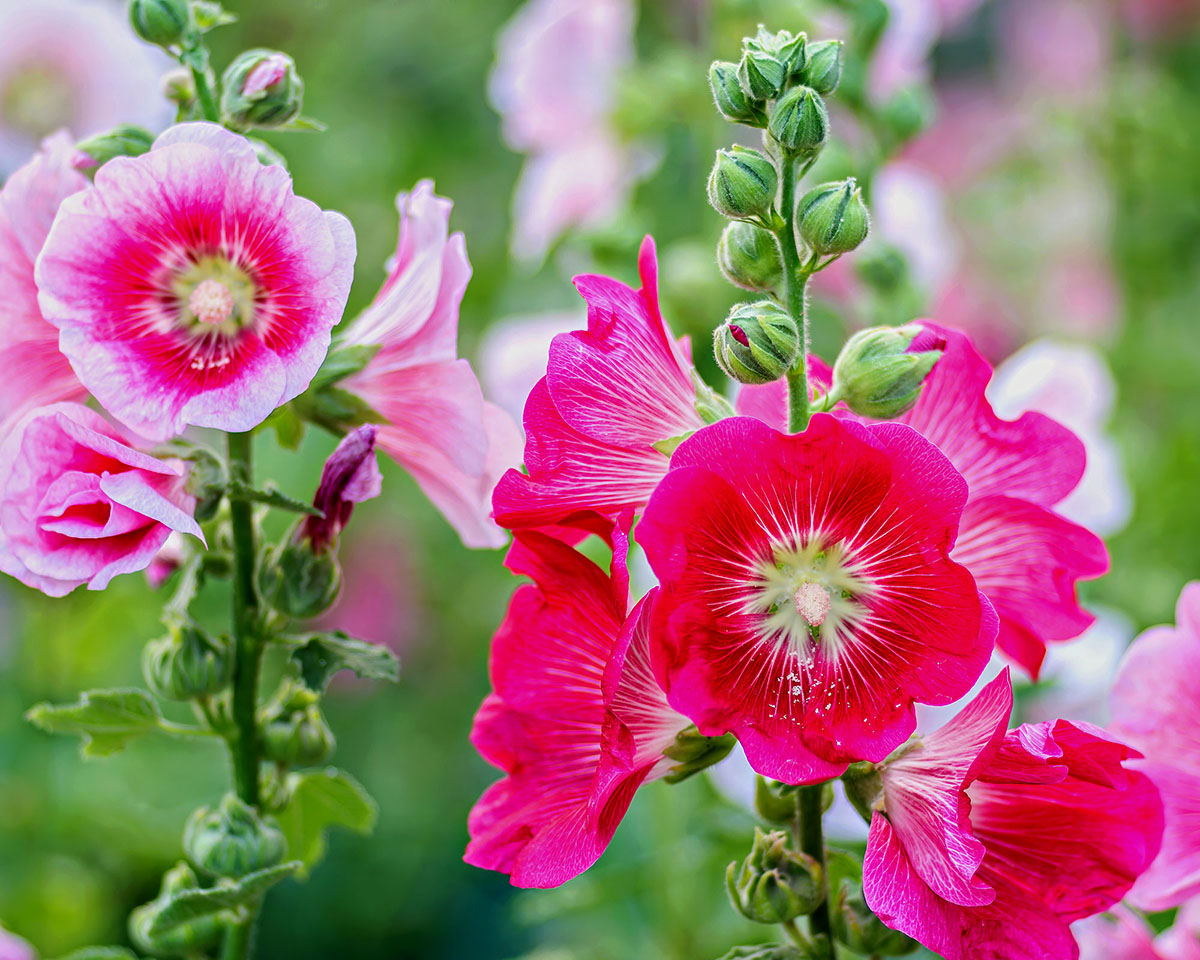
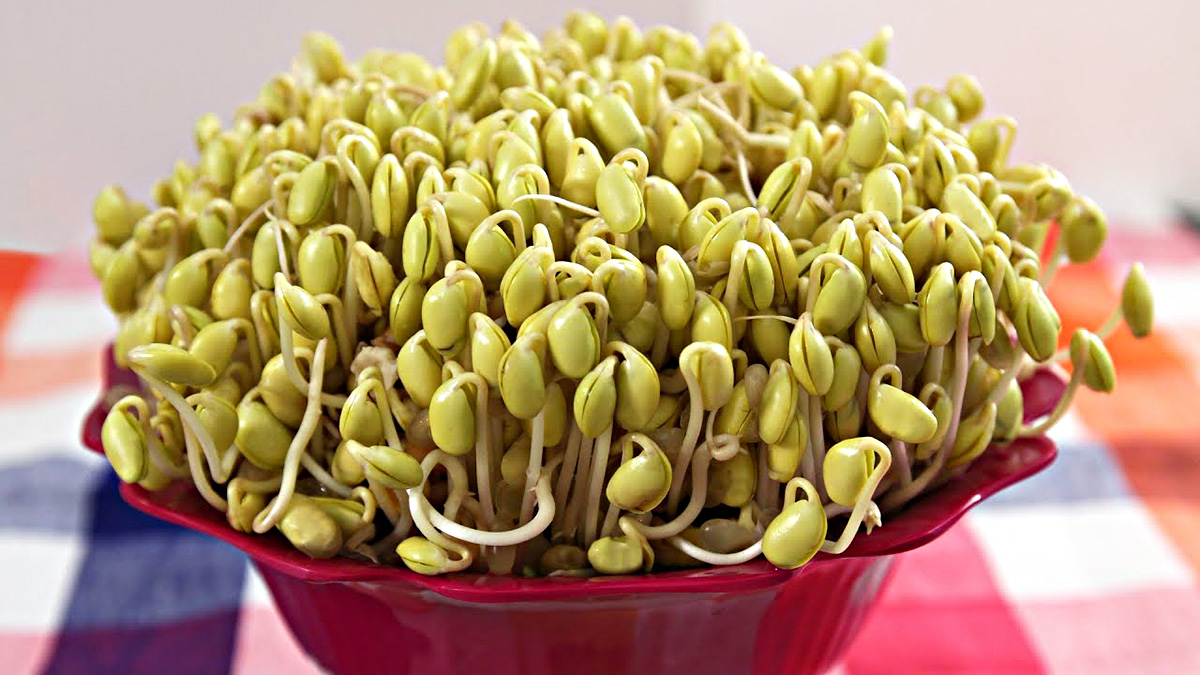
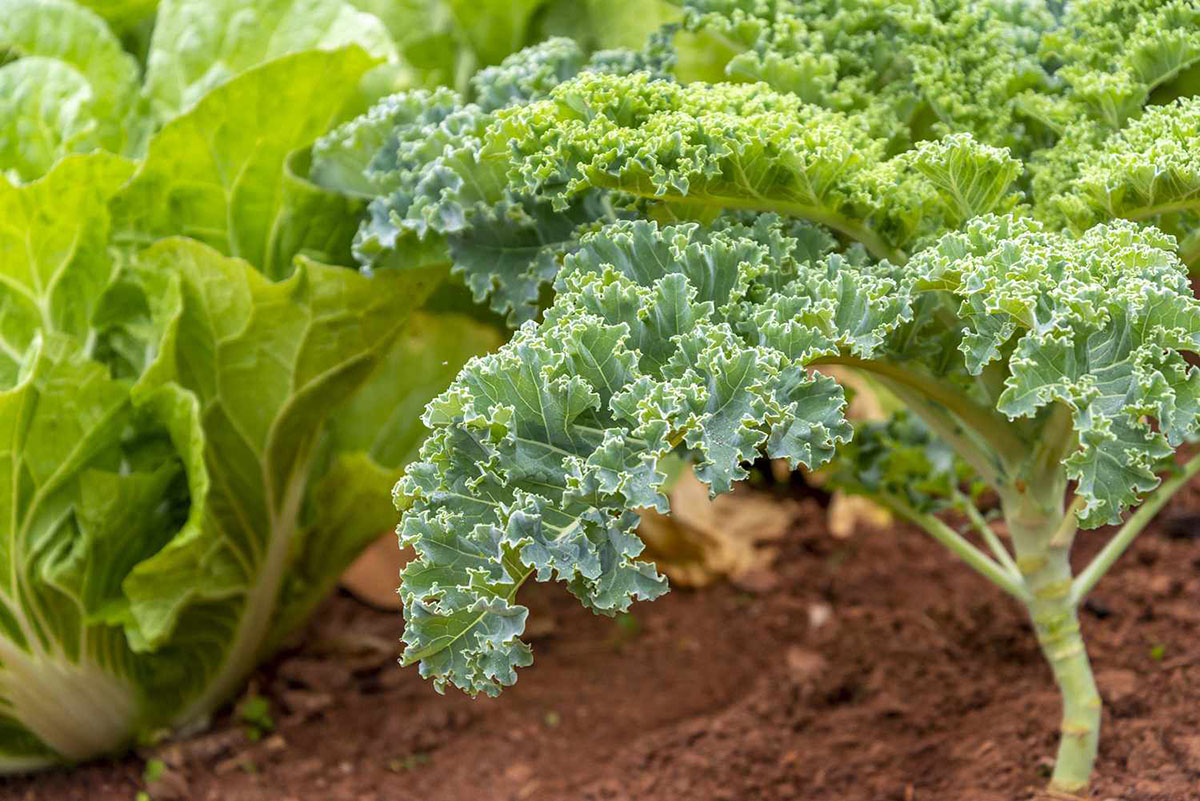
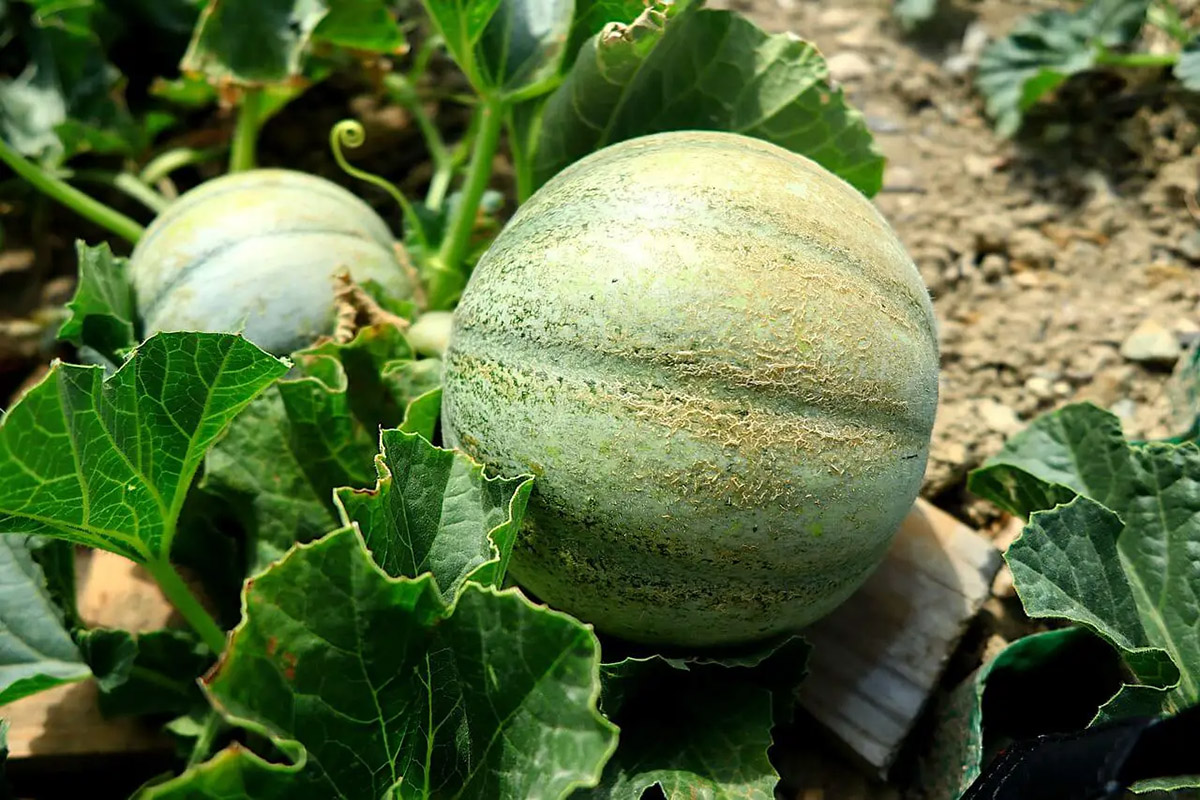
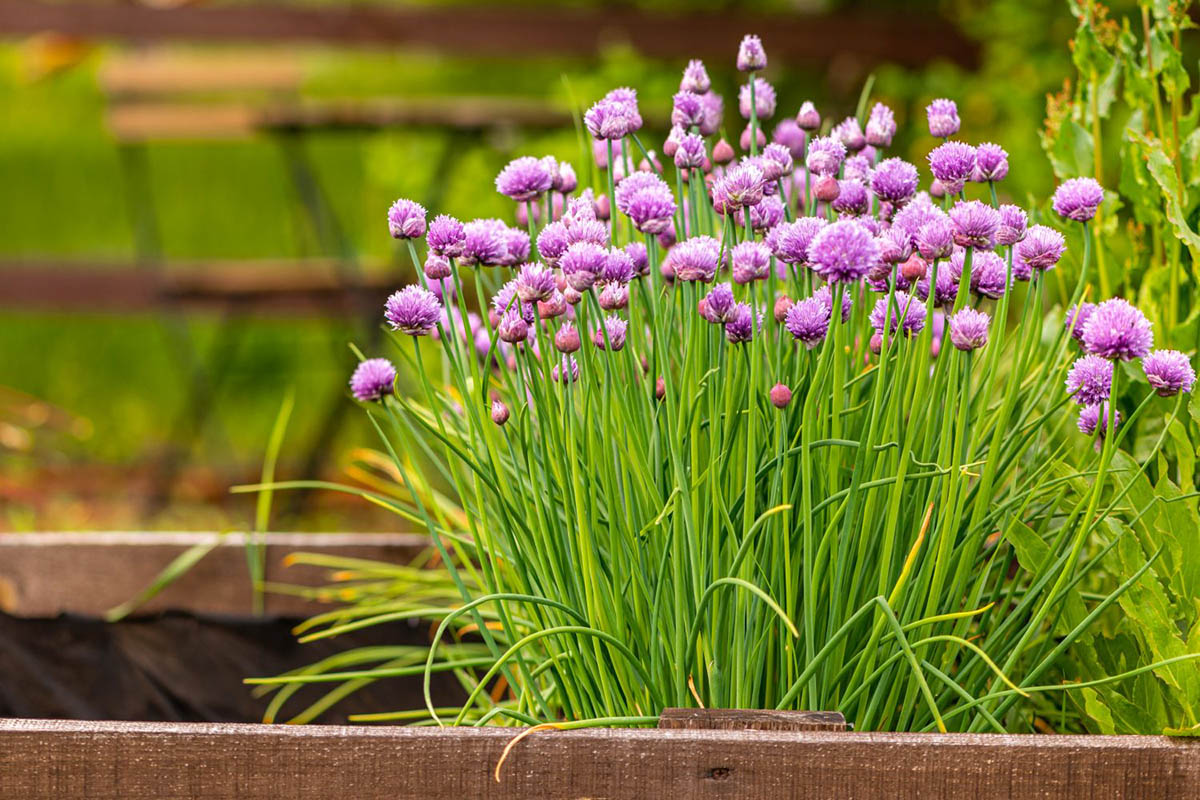
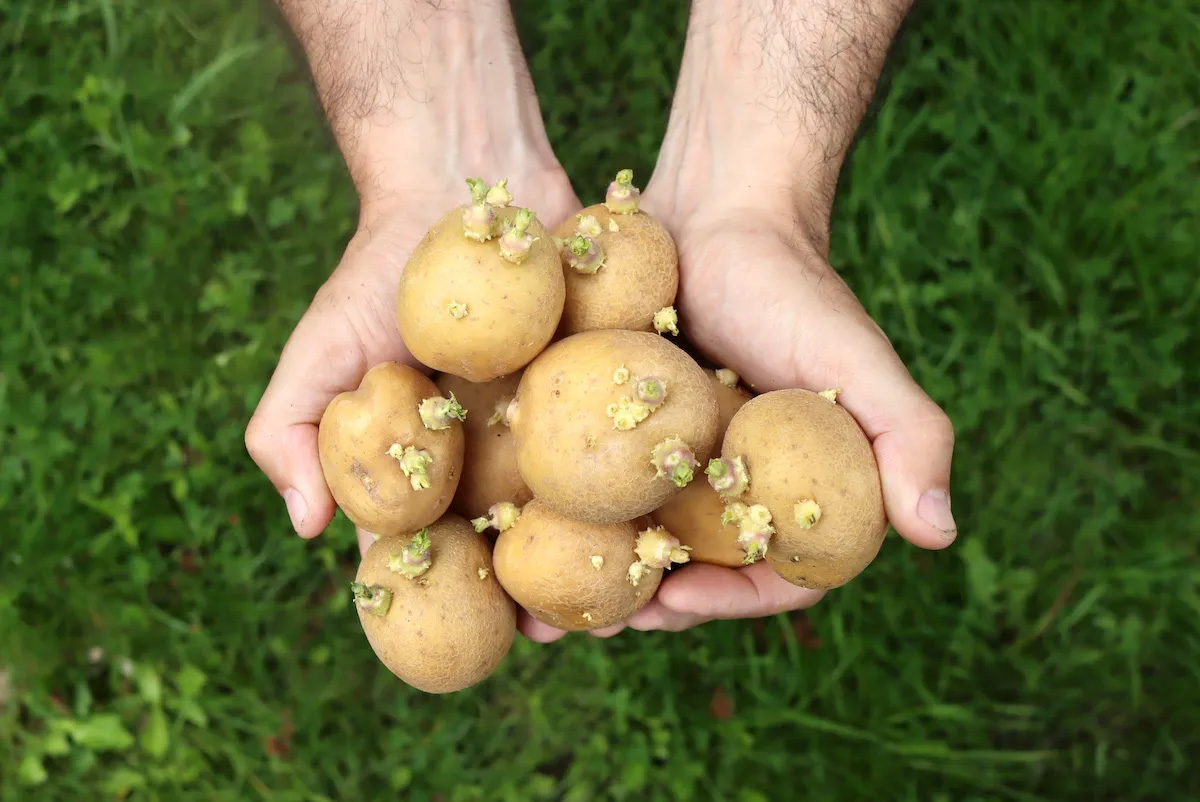
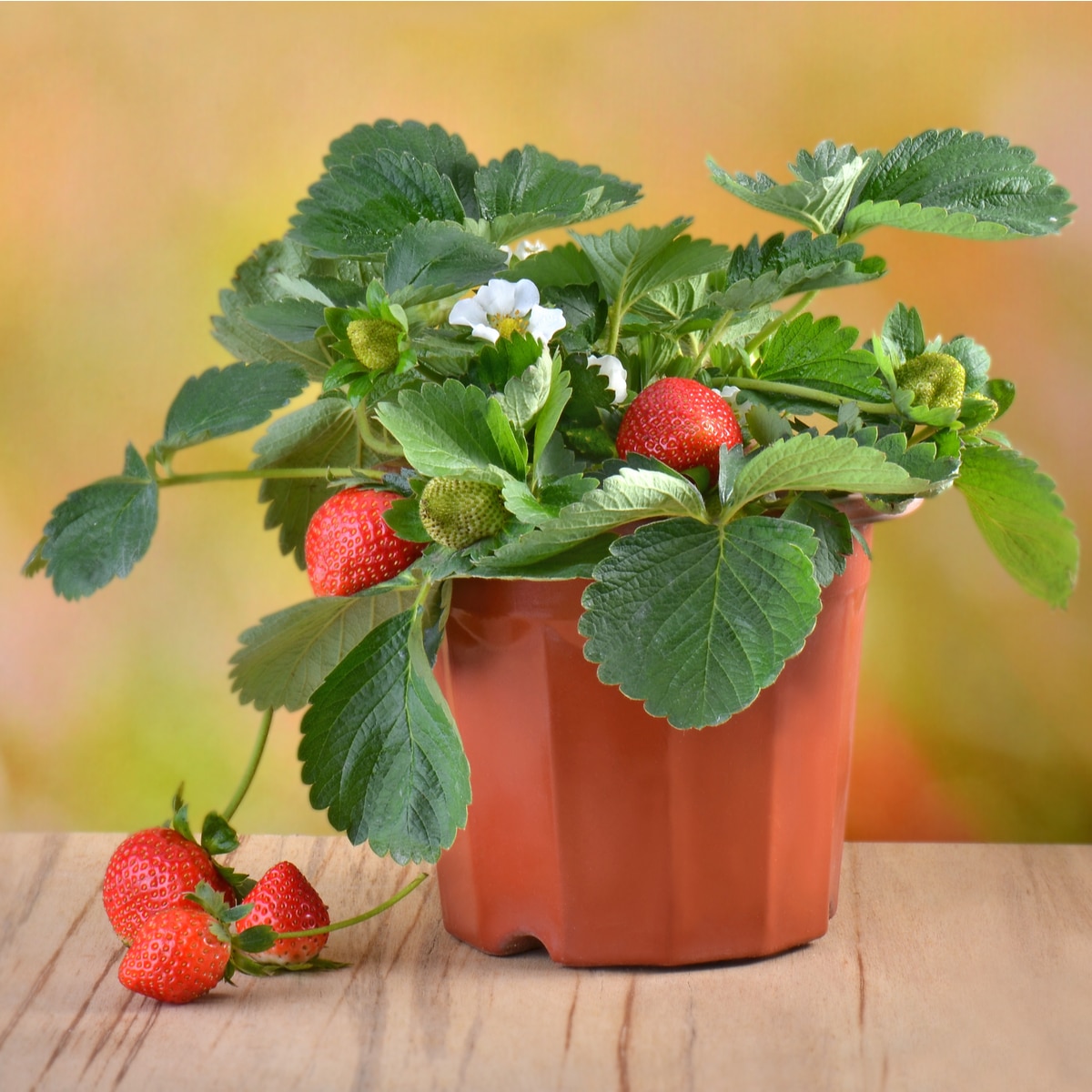
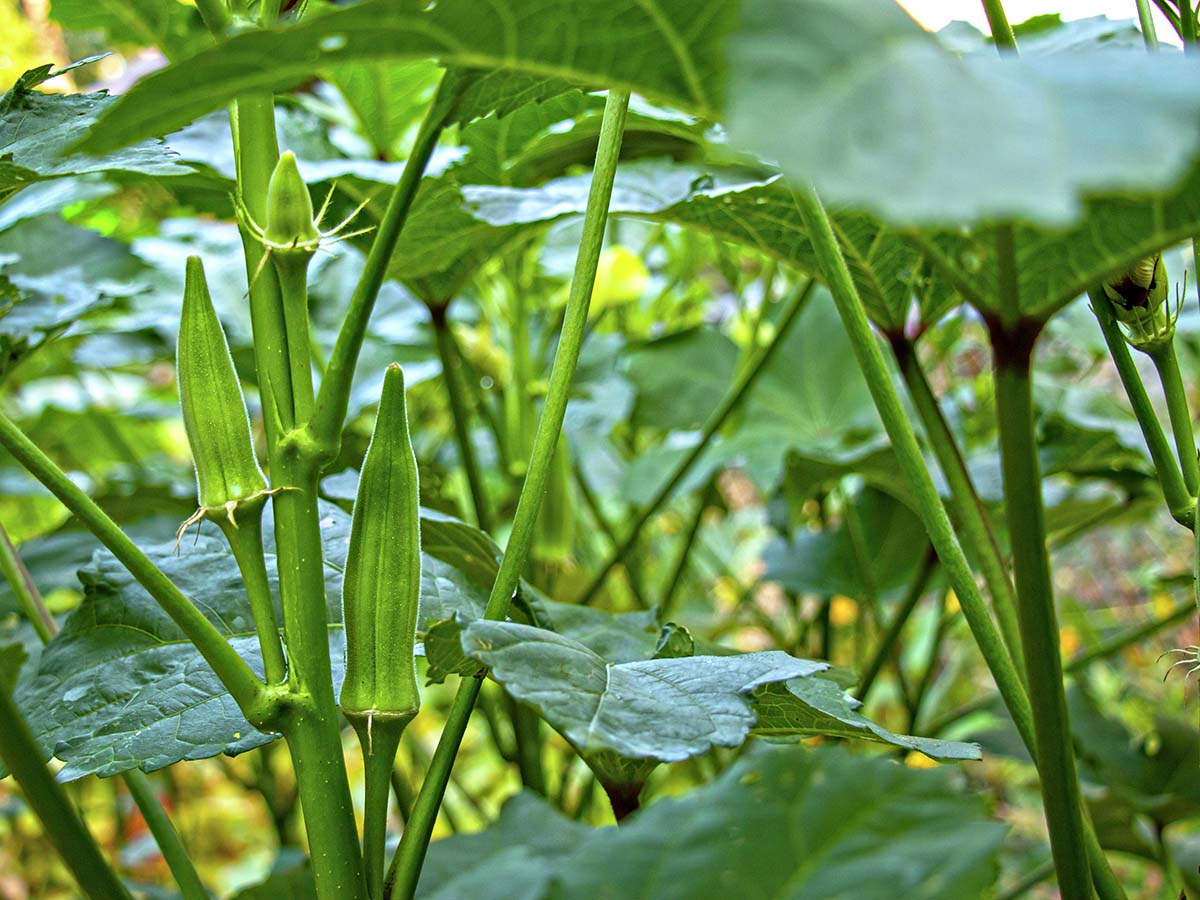
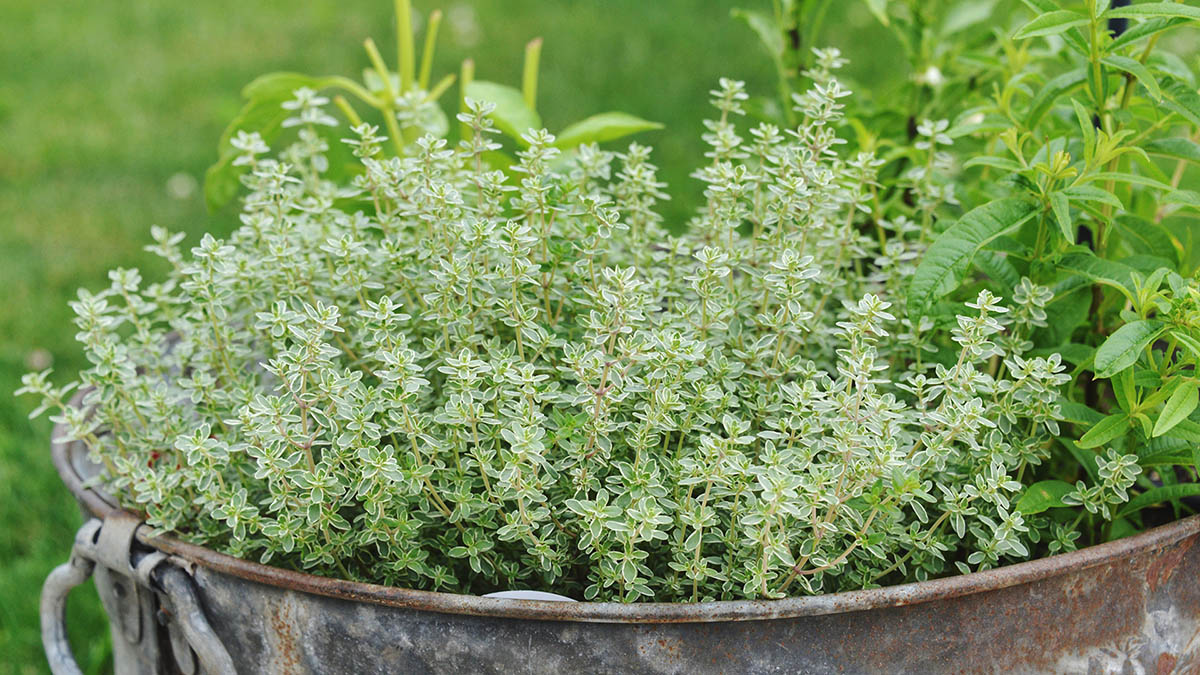

0 thoughts on “How Long Does It Take For Sundews To Germinate”